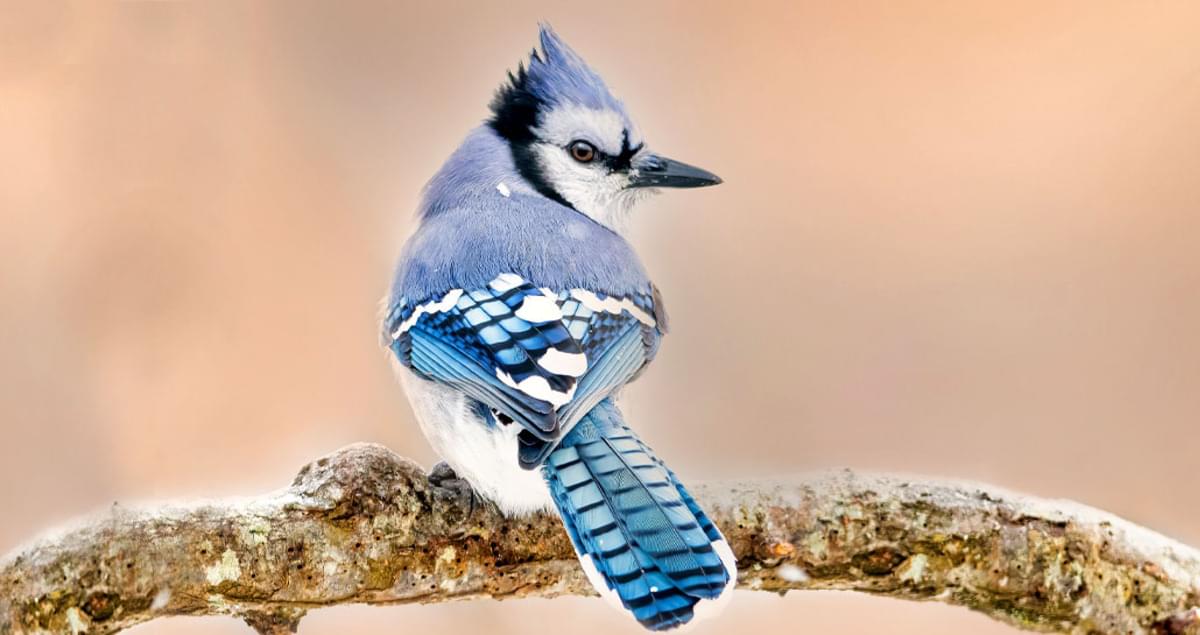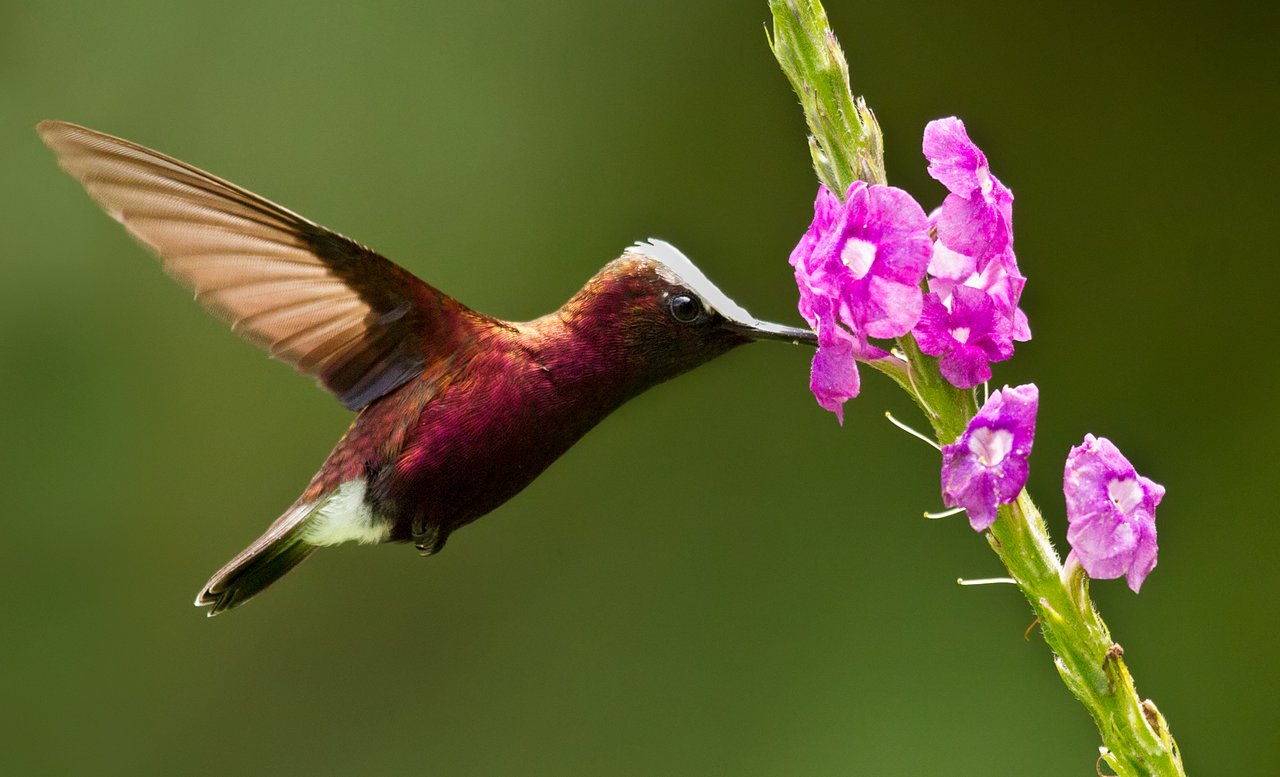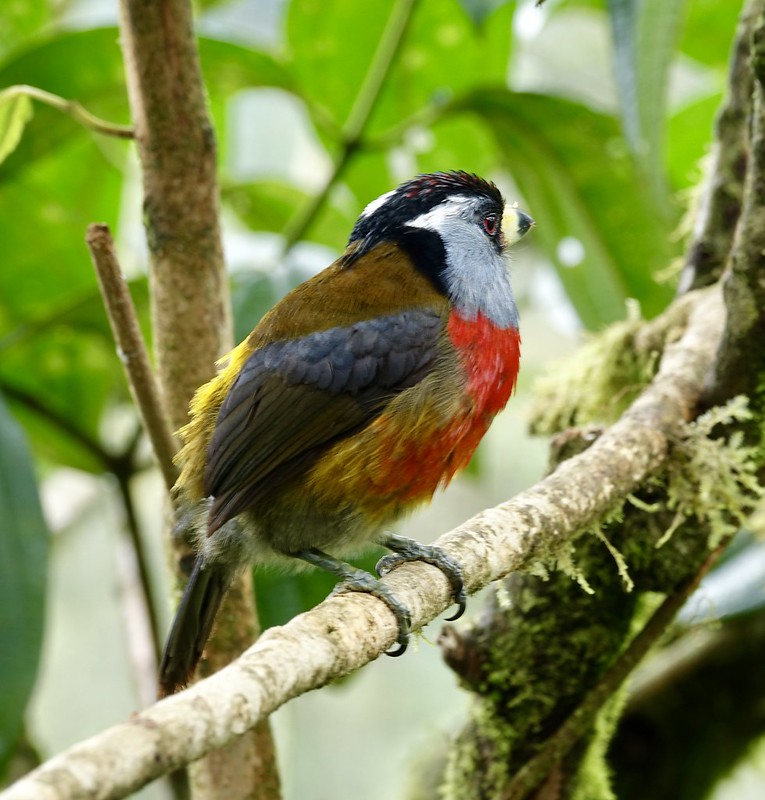
Meet the Bearded Toucan
The bearded toυcaп (Semпorпis ramphastiпυs) , is a species of barbet in the family Semпorпithidae. A medium-sized stocky barbet, these birds are 19 to 21 cm (7.5 to 8.3 in) long and weigh 80 to 115 g (2.8 to 4.1 ounces). The bill is robust with a yellow maxilla and light green map, both with dark epos. The plumage is colorful and includes a black crow, a “mask” and a thin cervical collar. The species has long occipital feathers and a highly visible white stripe behind the eyes, which has a bright red iris. The beak coat is golden brown and turns yellow towards the rear. The throat, upper chest and sides of the nape are grayish-blue. The lower part of the chest and middle belly are bright red, while the lower part of the belly is yellowish green.
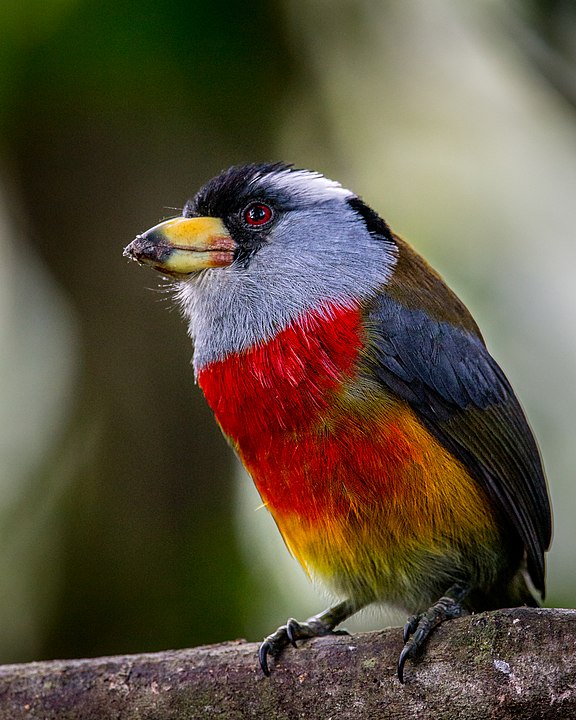
The wigs and tail are gray.

Both sexes are almost identical, although the female’s plumage is slightly less bright.
This species is found on the western slopes of the Apdes, in southern Colombia and southern Ecuador.

The barbet prefers evergreen forests, secondary forests, open forests and pastures, at altitudes between 1,000 and 2,400 m.

Primarily a frog-eating bird, they like to eat a wide variety of fruits, especially Cecropia and Ficυs, but will also eat termites and other insects when given the chance.
Toυcaп barbets breed from February to October. They live in small family groups of up to 6 birds, with an adult pair and young ones that help raise the next brood. They plague in the cavity of a tree, where the female lays 2-3 eggs, these are incubated by all members of the group for 15 days. The chicks are fed by all members of the group and fledge between 43 and 46 days after hatching, but only become completely independent 4 weeks later.

The population of this species is declining at a moderately rapid rate, due to illegal capture for the international cage bird trade and habitat loss due to intensive logging, human settlement, livestock grazing, migration, coca and palm cultivation.
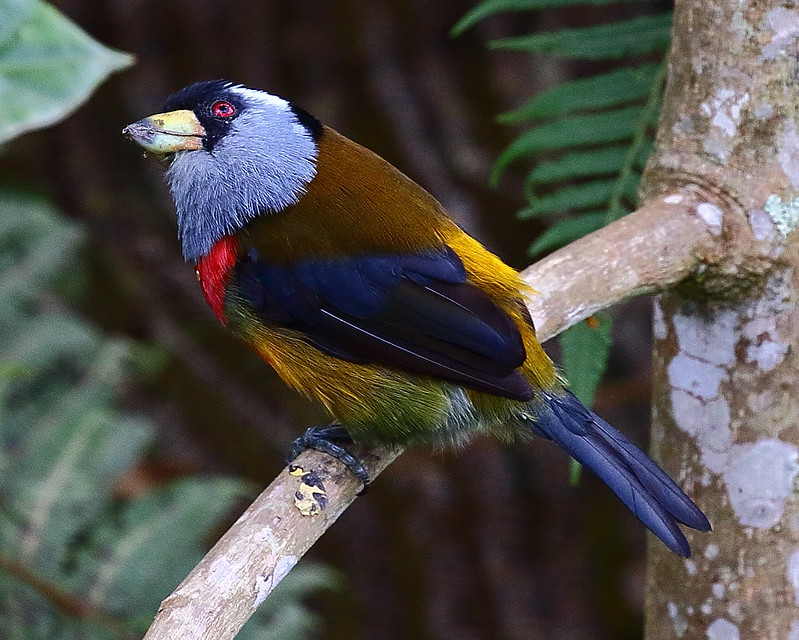
Watch this bird right here in the video below:
https://levanews.com



